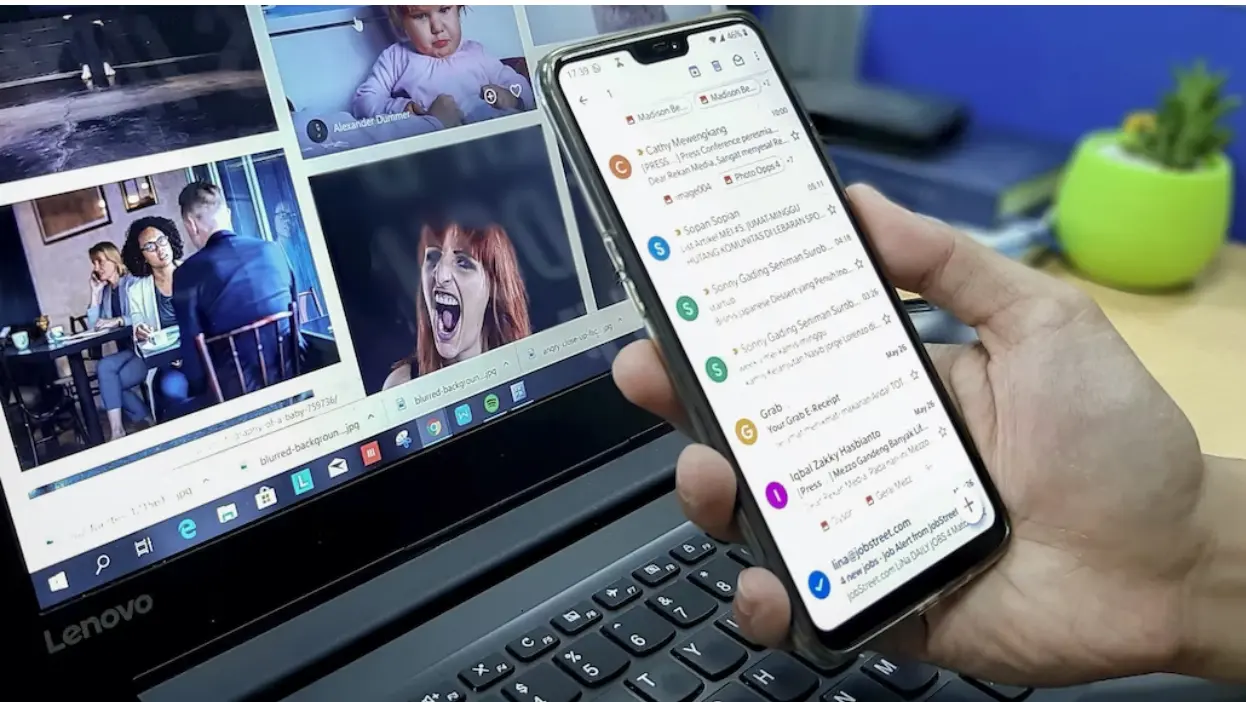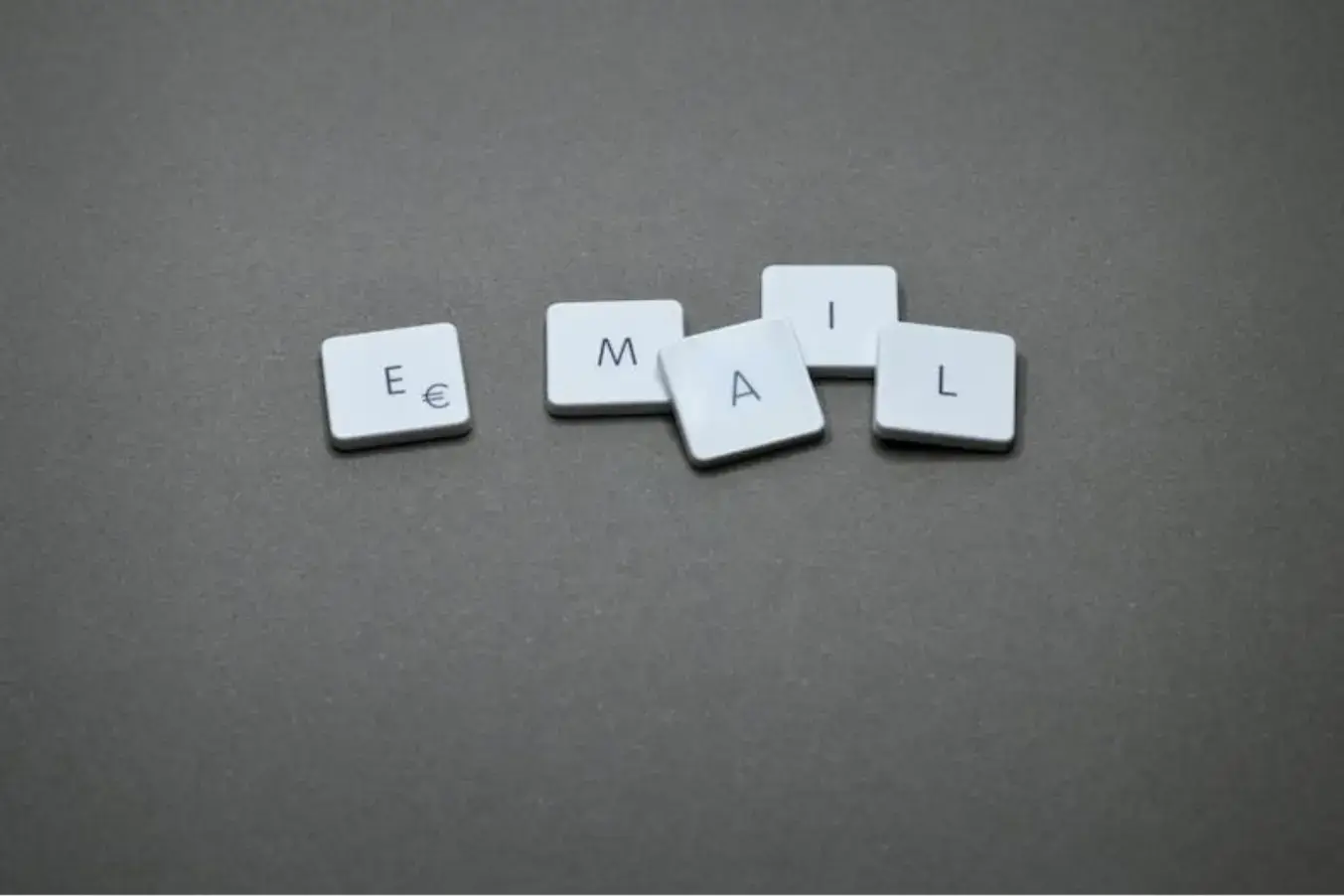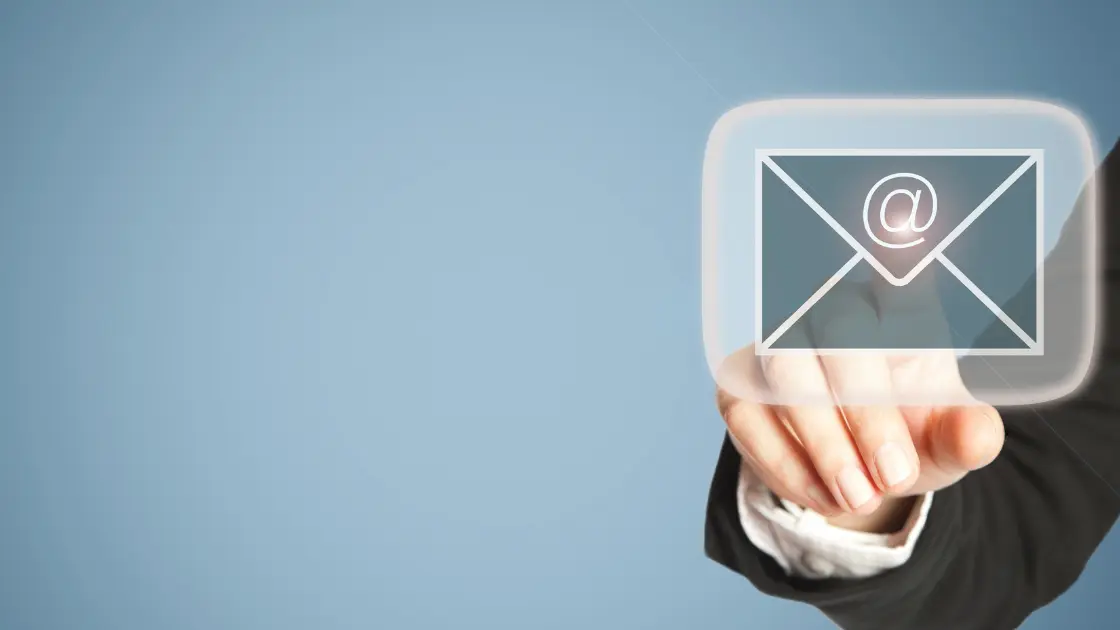Lead generation is a critical component of business growth, and one of the most effective ways to accomplish it is through email.
Only some things in email lead generation are straightforward, however.
There are many facets of lead generation to consider when creating your email marketing plan. Luckily, email marketing and SEO have been around for decades, and many proven methods improve lead generation.
This list of lead generation strategies offers plenty of helpful insight to create a solid email campaign for your small business.

What is Email Lead Generation?
Lead generation is the process of finding potential client conversions. It’s very effective for increasing brand awareness and broadening the reach of your products or services.
You can divide lead generation through email marketing into two types: inbound and outbound.
Inbound lead generation is when prospective leads submit their emails on your website or platform along with other essential information and give their permission to contact them with marketing materials and offers.
Outbound email lead generation is reaching out to prospects without needing them to register first.
If your email marketing succeeds, the prospects will turn into leads and take their first steps into your sales funnel. Think of it as the digital version of door-to-door sales.

What are The Benefits of Email Lead Generation?
First, it’s crucial to understand the benefits of lead generation through emails and why this method is so valuable.
1. Financially-friendly
One of the most significant advantages of email lead generation is that it is a far more financially viable option than most other forms of advertising.
Paying for advertising can put a big dent in a company’s finances, one that will take some time to recuperate. You can create an in-depth and automated email marketing system for as low as $300 monthly.
This price tag is much higher for larger companies with a massive repository of prospects and leads. But for companies that are just starting, email lead generation can be a very cost-effective method of finding new clients.
2. Accessibility
Whether it’s for work, checking up on deliveries from online shops, or weekly subscriptions to newsletters, pretty much everyone has an email account, making it a very accessible form of communication. Because of how accessible email is, it’s the perfect channel for lead generation and clientele expansion.
3. Visibility
Unlike pay-per-click ads or social media posts, your offers will not disappear. Your email will stay in the line of sight for quite some time, improving the chances of the recipient opening it.
Unless the recipient deletes it, an email will stay inside an inbox for as long as that email account is still active. It means once you send an email, unless it is deleted or accidentally goes into spam, the receiver will see it at least once throughout the day.
This truth is also compounded by how frequently people check their emails, especially if waiting for something important.
4. Highly adaptable
Emails are empty canvases you can fill with compelling copy, unique visuals, and excellent marketing material.
Email lead generation is a highly-adaptable digital marketing method, as you can customize emails in various ways to suit your marketing needs.
Embed videos, links, images, and other marketing content to create more engaging emails.
People are more likely to sign up for your email list and buy from you if you offer them something valuable, such as a free ebook, white paper, or webinar. You could also share industry insights, tips, and tricks, or exclusive discounts.
For example, if you have a pet insurance business, you could offer a free e-book on the different types of insurance coverage available or a webinar on choosing the right pet insurance plan for your pet.
5. Can be automated
Much like other forms of customer communication, such as chatbots, you can automate emails. There are many email automation software solutions to choose from, depending on the type of marketing strategy you have developed.
Email automation works excellently in lead generation since you can reach out to a large audience regularly with little to no input once you automate the process.
Automation adapts emails and makes targeting specific demographics much more effortless for marketing specialists. This approach can be instrumental in growing your brand awareness.
While automation excels at nurturing existing leads, it can't magically find new ones. Remember, you'll still need to build your initial contact list. Tools like ContactOut can be helpful for this initial outreach.

Email Lead Generation Strategies
Email lead generation can be tricky, but only if you need to know the core techniques or strategies. Over the years, industry professionals have developed some of the best lead-generation strategies that have proven effective.
1. Present a problem and a solution
There’s a reason why all those classic infomercials start with the famous line “Are you tired of this happening to you?” and then an actor struggling to do something, like washing a stain or flipping a pancake.
Only after the host presents the problem does the host introduce the product they are advertising.
This format exists because scriptwriters for infomercials know that for people to show interest in a product, they must first see how this product can benefit them personally.
You can apply the same logic to an email marketing strategy; present a relatable problem to the clients and demonstrate how your products or services can solve them.
Additionally, by embedding links to your website, you create a clear path for leads to develop into warm clients. For example, if you spread awareness of your product through emails, adding a clickable link would be great at driving traffic to a Shopify store.
Present the problem in the email and provide an embedded link that leads to the solution — your product.
2. Always include a CTA (Call to Action)
Email lead generation is all about integrating cold clients into your sales funnel.
A proper email lead generation strategy gives sales prospects the information to proceed with the call to action. Therefore, a call to action is a must in email marketing.
It’s paramount to have a simple and crystal-clear call to action at the end of your email. You can accomplish this goal with a single word or phrase:
- Buy Now
- Sign Up For Free
- Subscribe
- Visit Our Website
- Request A Quote
Keep your call to action simple and easy to accomplish. This way, your cold clients won’t hesitate to proceed with your offer.
3. Make noticeable subject lines
Check your inbox and consider what you’re looking at: tons of unread emails with wordy subjects. Nothing is out of the ordinary, nothing is out of the ordinary, and you may spot a few catchy subject lines.
You can always use reliable phrases in email subjects like “free” or “limited-time offer” that will attract plenty of attention, but why not get a little more creative? Try adopting a casual tone: “An opportunity you can’t miss” or “You’re gonna love what we have to offer.”
Some copywriters even emulate the writing style used in texting: “Smth New 4 U from…” or “What’s up? Here’s our latest deal on…” You can even use emojis for some added color.
4. Use images and GIFs

Emails don’t have to be static and lifeless. Use images and GIFs to add dimension to your emails and break up the monotony of text.
Brand visuals, such as logos, slogans, and company color palettes, are also great for increasing brand awareness and cementing your company’s identity.
Include user-generated content for email marketing, such as a photo of yourself or your team, in emails to cold clients. Everyone appreciates seeing another human face.
This approach is a great way to introduce your company to cold clients in a more personal manner.
5. Personalization
People like it when others show interest in them; creating rapport is vital to landing a sale.
While emailing is not live chat and does not offer the same level of personalized communication, there are still techniques for implementing personalization elements into your email strategy.
An example of personalizing emails for lead generation is to address the cold client by name, acknowledge their workplace, and, if the data allows, their position within the company.
Another potent email personalization is congratulating a cold client on a special occasion. If you have their birth date, sending a congratulatory offer on their birthday will surely catch them by surprise.
Just make sure you have permission to use this data and that it was given to you by the person and not a third-party market researcher.
6. Avoid watery text
They may receive over 100 emails daily. They don’t have time to open many of them. Keep your email copy focused and clean. Use precise wording to get the message across and avoid watery text.
Watery text is any type of writing that is unnecessarily wordy.
For example, instead of “We strongly believe that our services are exactly what your company needs to improve the engagement of your social media posts,” write “Our services will improve your company’s social media engagement metrics.”
Concisely deliver the core message to save your clients’ time. They will appreciate the brevity and are more likely to read your entire email.
7. Scoring leads
On the more technical side, scoring leads is a great way to segment them into an approachable repository of clients.
Divide them into categories, such as their country, profession, the sector they work in, the size of their company, and a slew of other factors.
One highly recommended category for scoring in email lead generation is to categorize the “warmth” of the client or their position on the sales funnel.
How likely are they to proceed with your offer judging by the information available on this client? Categorize cold clients according to this question and tailor automated emails to suit each case.
8. Schedule your emails

Scheduling your emails en masse is another great advantage of email automation. Research has shown that most people open their emails at the start of a work day, from 10 AM to noon.
If you have cold clients located on the other side of the world, sending emails during your own working hours means they’ll receive them in the middle of the night.
By the time it's morning for your clients, they’ll have a full inbox, leaving your email at the bottom of the list where they can easily miss it.
Take advantage of email automation and schedule emails so they reach your clients when it is morning in their local time. Learn the time zones of your cold clients and schedule the emails accordingly.
This way, when your prospective client checks their inbox the following day, your email has a better chance of appearing at the top of the list.
9. Professional signature
Signatures are all about brand appearance and visual marketing. Signatures are the banners typically located at the bottom of an email.
They usually feature the name of the employee who sent the email, contact information, position, company logo, and even a GIF if they’re really adventurous.
Sure, the contact information allows the person who received the email to easily find different methods of contacting the company, but ultimately, it’s all about image.
Looks aren’t everything, but even something as small as an email signature says much about your company and its operation.
If a prospective lead sees that a company puts effort into its visual branding, it could be enough to tip the scale in your favor. Presentation matters; an email signature is a small detail that speaks volumes about your company and its priorities.
In Conclusion
As with any type of marketing, the key to a successful email lead generation campaign is research, experimentation, and analysis. Do your homework before sending a single email to any cold clients.
Try a new technique or email strategy to experiment with different elements, study the results, and analyze them to plan for the next campaign. Knowing these techniques alone will not help.
The best way to learn how to work with email lead generation is through trial and error. Luckily for us, email marketing offers plenty of room for error and even more opportunities to learn from them.


